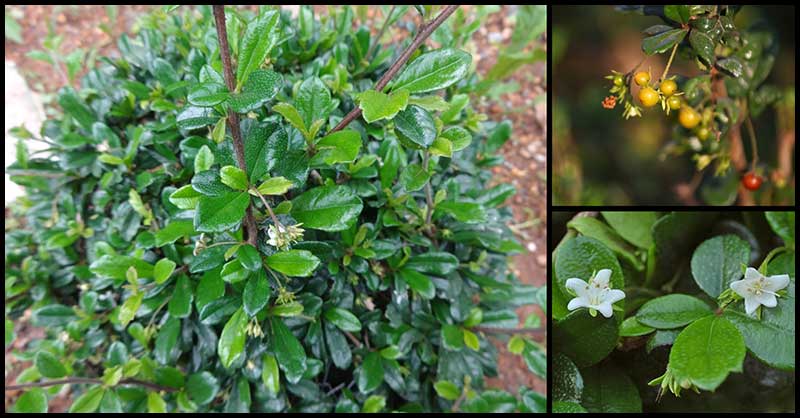Tsaang-gubat (Cordia retusa Vahl ) is an erect, shrub with green compound leaves. It is also known as Wild Tea, Forest Tea, Gari, Gai: Alangit; alangitngit, Mangit Semente, Balingsua, Mara-mara, Icha, Buntaitai, Chaang Bundok, Kalimugmog, Kalamuga, Carmona, Philippine tea, and Fukien tea. It is one of the affordable herbal medicines that we can try if we suffer from abdominal pain and diarrhea. It has alpha-amyrin, beta-amyrin, and baurenol which was found to possess analgesic activity, anti-diarrheal, and anti-spasmodic activity. Tsaang Gubat tablet has been clinically proven to be effective and safe in relieving the pain from gastrointestinal colic and biliary colic (1). In addition to this, it can also work as a good mouth wash as it contains high fluoride content, thus preventing tooth decay. Traditionally, tsaang gubat is used as a disinfectant wash during childbirth (2).
This herb is extensively endorsed by the Philippines’ Department of Health in the treatment of stomachache, abdominal pain, and diarrhea. It is prepared by making it a tea hence its name tsaang-gubat, which literally means tea from the forest (3).
Scientific studies showed that tsaang-gubat, contains rosmarinic acid and microphyllone which is attributed to its efficacy to control allergy. Experimental data also indicated that all extracts from the herb exhibit moderate to appreciable antibacterial activities against Bacillus subtilis, Klebsiella pneumoniae, Shigella flexneri, and Pseudomonas aeruginosa thereby suggesting that it may be used as an antibacterial agent (4).
Furthermore, the leaves extract of this shrub with small white flowers and small drupe fruits were also tested for anticancer property and results showed it can be used as an anticancer agent. Moreover, the study of an alcoholic extract of Carmona retusa by in vitro assays (human RBC membrane stabilization method, heat-induced hemolysis, and proteinase inhibitory activity) showed anti-inflammatory activity comparable to standard diclofenac. Researchers also found that the herb possesses potent antioxidant activity, high flavonoid, and phenol content. The antioxidant property may be due to polyphenols and flavonoids in the extract of its aerial parts (5).
Tsaang-gubat Tea Preparation (4)
- Pound or cut about half a cup of Tsaang gubat leaves
- Then add in 2 cups of water
- Boil for 10 to 15 minutes, with an open pot cover
- Let it steep and strain.
- Store in a glass jar.
- Consume within the day.
When symptoms persist or irritation occurs stop the use and consult your doctor.
How To Use Tsaang Gubat Decoction:
- Herbal tea. Take one cup three times a day.
- Herbal wash. To be applied directly as a wash over the affected area.
- Herbal gargle. Can be gargled to treat canker sores and for teething problems.
Sources:
- http://pchrd.dost.gov.ph/index.php/programs-and-services/create-article/6497-tsaang-gubat-for-biliary-and-intestinal-colic-pains
- http://herbanext.com/herbs-tsaang_gubat
- https://www.herbanext.com/philippine-medicinal-herbs/tsaang-gubat
- http://www.medicalhealthguide.com/articles/tsaanggubat.htm
- http://www.stuartxchange.org/Tsaang









